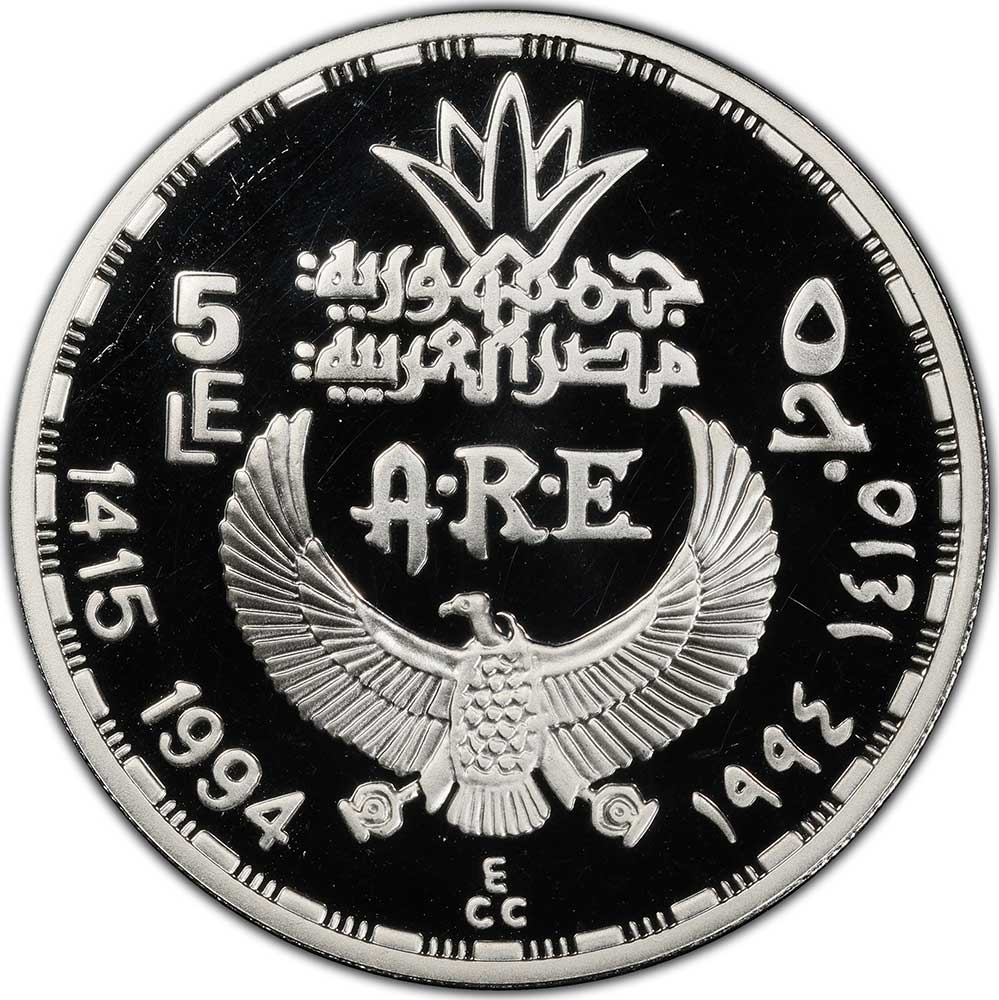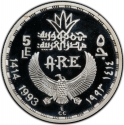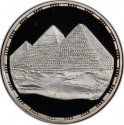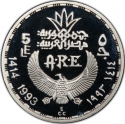You are about to finish your registration. Please check your mailbox (including spam folder). There should be a letter with a confirmation link. Check setting to make sure that your e-mail address is correct.
Send letter againDescription
Horemheb, was the last pharaoh of the 18th Dynasty (1550–1295 BC), but can also be considered as the founder of the nineteenth dynasty of Ancient Egypt. He ruled for at least 14 years between 1319 BC and 1292 BC. He had no relation to the preceding royal family other than by marriage to Mutnedjmet, who is thought (though disputed) to have been the daughter of his predecessor Ay. He is believed to have been of common birth.
Before he became pharaoh, Horemheb was the commander in chief of the army under the reigns of Tutankhamun and Ay. After his accession to the throne, he reformed the Egyptian state and it was under his reign that official action against the preceding Amarna rulers began. Due to this, he is considered the ruler who restabilized his country after the troublesome and divisive Amarna Period.
Horemheb demolished monuments of Akhenaten, reusing the rubble in his own building projects, and usurped monuments of Tutankhamun and Ay. Horemheb presumably had no surviving sons, as he appointed his vizier Paramesse as his successor, who would assume the throne as Ramesses I.
Obverse

|
Depicts seated Horemheb as a scribe. |
|---|---|
Reverse

|
Stylized state name (Arab Republic of Egypt) divides denomination in Arabic and English and abbreviation of state name (A.R.E.) below, the date in Arabic (Hijri) and Western (Georgian) divides by a vulture with open wings. Engraver's initials (ECC) below. 5 ٥ جمهورية مصر العربية |
| Edge |







